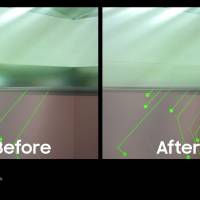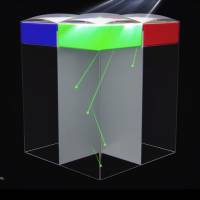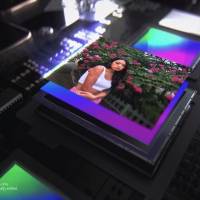
Just a couple of months ago, Samsung introduced the new ISOCELL HM3 sensor. It offers more advanced mobile photography features and autofocus. It’s a 108Mp mobile image sensor that is capable of capturing more details for sharper results, mainly for premium flagship phones. This time, the Isocell technology has gotten an upgrade. ISOCELL 2.0 technology is ready to provide solutions to the increasing number of pixels. Samsung is addressing a number of issues with the new version of the technology.
Some issues Samsung wants to address with Isocell 2.0 is light bleed between neighboring pixels. The new tech is innovative. Samsung continues to improve on mobile photography as device specs advance. Smartphones these days come with premium hardware so the standards must also be raised.
The image sensor found on a smartphone captures the light that enters through the lens. It produces images from the light depending on the size of the sensor. As described, the number of light that is captured by the sensor determines the quality of the image. Simply put, the more light, the better the photo.
Samsung ISOCELL 2.0 Works
With ISOCELL 2.0, Samsung is introducing its next-level imaging technology. It is said to “replace the metallic grid between color filters with a new material”. The ISOCELL Plus has replaced those barriers with a new material. There is still optical loss but to improve on this, ISOCELL 2.0 has “replaced the lower portion of the color filter barriers with a more reflective material”.
Here’s how Samsung described the technology: ISOCELL 2.0 allows even smaller pixels in the sensor to absorb more light, giving the sensor the tools it needs to produce photographs that are made up of a greater number of pixels. This enables the production of images with very fine detail without compromising the sensor’s vivid color reproduction.
ISOCELL 2.0 delivers enhanced light sensitivity. This means small pixels can absorb more light. You will soon be able to see very fine details. Color reproduction isn’t compromised and remains vivid. Expect Isocell 2.0 technology to be implemented on future Samsung phones.












